-
Unicells:
single cells, motile or nonmotile
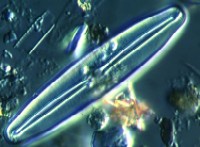
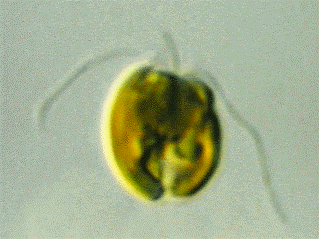
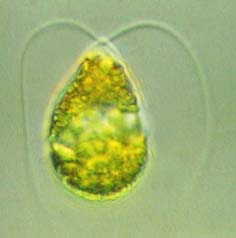

-
Colonies:
Assemblage of individual cells with variable or constant number of cells
that remain constant throughout the colony life
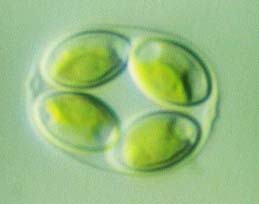
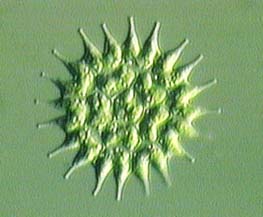
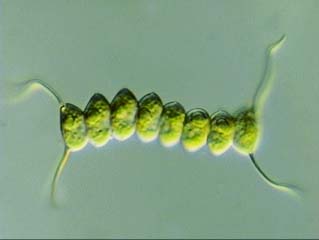
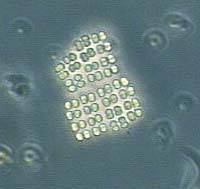
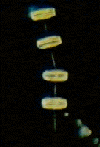

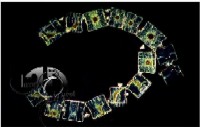
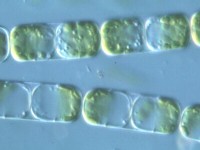
-
Coenobium:
Colony with constant number of cells, which cannot survive alone; specific
„tasks“ among groups of cells is common
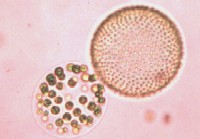
-
Filaments:
daughter cells remain attached after cell division and form a cell chain;
adjacent cells share cell wall (distinguish them from linear colonies!);
maybe unbranched (uniseriate) or branched (mutiseriate)
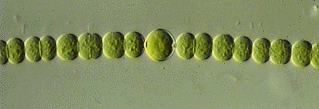

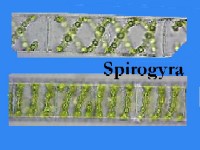
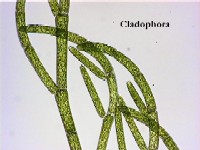
-
Coenocytic
or siphonaceaous forms: one large, multinucleate
cell without cross walls
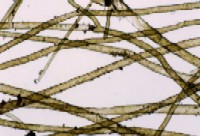

-
Parenchymatous
and pseudoparenchymatous algae: mostly macro-scopic
algae with tissue of undifferentiated cells and growth originating from
a meristem with cell division in three dimensions; pseudoparenchymatous
superficially ressemble parenchyma but are composed of appressed filaments
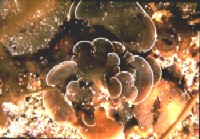
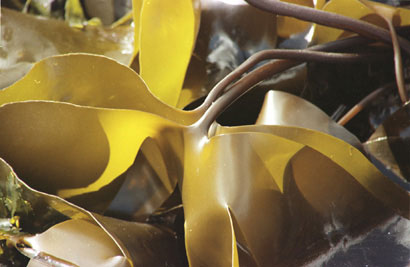
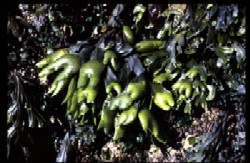
- Algae did not evolve from one single, common ancestor but evolved at different times from different ancestors.
- Algae are, therefore, not monophyletic
- Some algae are closer related to heterotrophic flagellates or ciliates than to other algae
- Prokaryotic phototrophs: Cyanobacteria („blue-green algae“)
- Eukaryotic algae: possess a doublemembrane enclosed nucleus and ususal other membrane-enclosed organelles (mitochondria, chloroplasts)
- Origin of organelles: symbiotic enclosure of free living bacteria or cyanobacteria, horizontal transfer of genes from endosymbionts to host nucleus
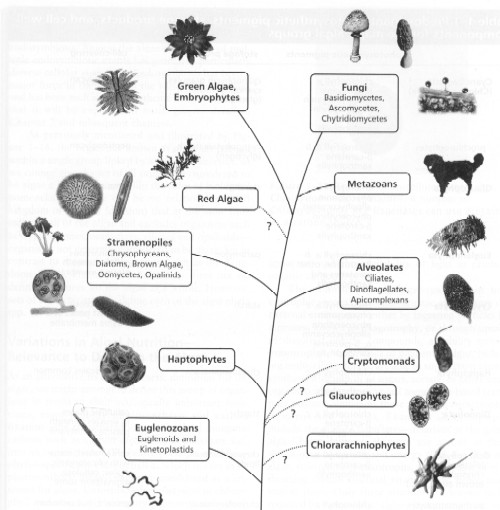
Nutrition of Algae
- Photosynthesis is the primary mode of nutrition (C uptake as CO2)
- Photosynthetic algae were mostly considered photoautotrophic
- Numerous phototrophic algae can, however, take up dissolved organic matter or engulf bacteria and other algal cells as particulate prey; they are referred to as mixotrophic
- Uptake of particulate prey = phagotrophy; Uptake of dissolved substances = osmotrophy
- The degree of mixotrophie in chlorophyll-containing algae varies with environmental conditions (light, prey abundance)
- Some chlorophyll-containing species can even lose their pigments when living heterotrophic
- Most algal phyla/divisions contain mixo- or heterotrophic species
- Some algae cannot synthesize essential vitamins (biotin, thiamine, cobalamin = B12) and have to import them: auxotrophic species